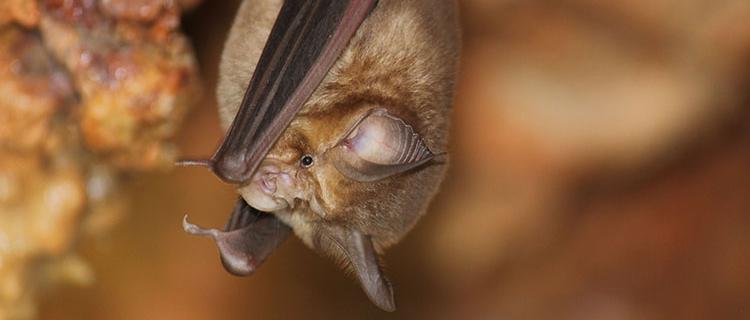
Far from Being our Enemies, Bats Need Protection now more than ever
As efforts are stepping up around the world to prevent the further spread of the coronavirus disease (COVID-19), there are alarming reports that some communities and governmental authorities are targeting the wrong enemy: bats.
Not only will killing bats not stop COVID-19, it could also do irreparable harm to a mammal which poses no risk to human health in its natural environment, and which provides enormous benefits including pollination, seed dispersal and pest control.
Bats do not spread COVID-19. COVID-19 is being transmitted from humans to other humans. Virologists are in total agreement that the spread of the virus across the planet has been due to human to human rather than animal to human contact. Moreover, there is no evidence that bats infected humans with COVID-19 to begin with. Inaccurate reports suggesting otherwise may be contributing to the ill-advised killing of bats.
Scientific investigations are still ongoing as to the exact origins of COVID-19. There is consensus that COVID-19 is one of a class of “zoonotic” diseases – diseases that are initially transmitted from animals to humans. However, it is how and why this likely occurred that is important, so that the right preventative measures can be taken in the future.
One focus of the investigations is on the so-called “wet market” in Wuhan, China, which sells live animals, pigs, poultry and sea food -- as well as many types of wild animals. Rodrigo Medellin, who serves on the Scientific Council of the Convention on the Conservation of Migratory Species of Wild Animals (CMS), and is Co-Chair of the IUCN Bat Specialist Group, is calling for an assessment of the risks of trading in live and dead specimens of animals in such markets. Conditions there are thought to be conducive to the spillover of viruses between different species, ultimately resulting in a mutation that is carried and transferred by humans, as is the case with COVID-19.
Zoonotic diseases account for approximately 60% of all known infectious diseases in humans. While some zoonotic diseases have been linked to viruses in bats, bats themselves are not the problem. Bats harbor viruses, but so do other species, including humans. There are millions of viruses in the world, most of which are beneficial. The cause of zoonotic diseases in people is not the existence of viruses in wildlife, but the kinds of human interactions with wildlife that can result in these transfers.
There are some 1,400 bat species living in the wild around the world. Many have adapted to urban environments, living in backyard gardens, urban parks and even roosting under bridges, without posing the slightest threat to their human neighbors. But with destruction of their natural habitat and centuries of negative associations, superstitions, myths and legends, many bat species are in danger of extinction. Dozens of bat species are protected by CMS, and particularly by a specific agreement covering most European countries known, fittingly, as EUROBATS. But much more needs to be done to ensure the survival of bats around the world.
The most urgent action needed to combat COVID-19 is to stop its transmission, which is from humans to humans. In the longer term, we need to examine and stop specific human practices and uses of wild animals, and the widespread destruction of natural habitats, in order to prevent another such terrible event in the future.